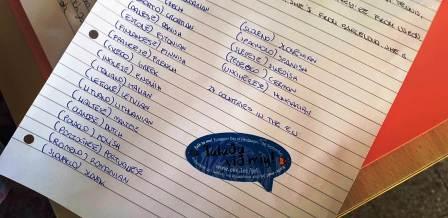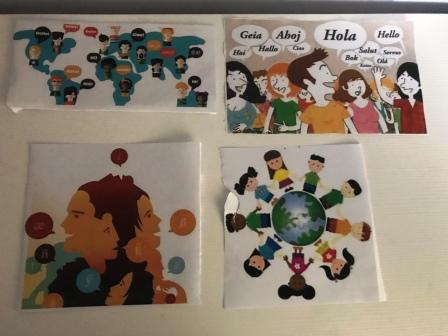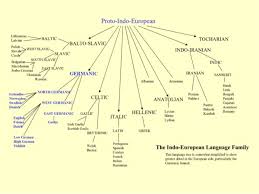Come ogni anno, diverse classi del Machiavelli celebrano il 26 settembre, la Giornata Europea delle Lingue proclamata dal Consiglio d’Europa, con il patrocinio dell’Unione Europea, nel 2001.
Tra le attività svolte da studenti e docenti vi sono le seguenti:
Classe 1B, Liceo delle Scienze Umane con potenziamento linguistico
Anteprima
.Classe 2B, Liceo delle Scienze Umane con potenziamento linguistico
Anteprima
.Classe 1 H The students did some research work on the EU countries and the EU languages getting to know which official languages are spoken at national and subnational level. They tried their hands at the lovely Secret Agent’s Handbook of Language Challenge. They had to find out what they have been abele to do in foreign languages.
Classe 2 H The students got to know what eTwinning is, what you can learn and do when working with other European classes. That’s the first relevant language activity of the current school year for the students involved in the eTwinning/Erasmus + project "Tracing and shaping our language cultural heritage".
Classe 4 H To start up the new eTwinning project Heroes and heroines of languages and boost our cultural heritage, students make 3 videos about Rome in the 3 foreign languages they study at school: English, French, Spanish.
Classi 1 N, 2 N
a. Brainstorming plurilingualism and reflecting on the value of being able to switch from one language to another. Kids shared their personal plurilingual experience (speaking and writing activities);
b. The class explored the EDL handobook and in particular they read and reflected about interesting facts and curiosities such as:
1. There are between 6000 and 7000 languages in the world - spoken by 7 billion people divided into 189 independent states.2. There are about 225 indigenous languages in Europe - roughly 3% of the world’s total.3. Most of the world’s languages are spoken in Asia and Africa.4. At least half of the world’s population are bilingual or plurilingual, i.e. they speak two or more languages.5. In their daily lives, Europeans increasingly come across foreign languages. There is a need to generate a greater interest in languages among European citizens.6. Many languages have 50.000 words or more, but individual speakers normally know and use only a fraction of the total vocabulary: in everyday conversation people use the same few hundred words.... and so on up to 21 points.
c. Pupils viewed the Language Tree and became aware that European languages come from an ancestor language called Indo-European. In particular they learnt that:
Most European languages belong to three broad groups: Germanic, Romance and Slavic.
The Germanic family of languages includes Danish, Norwegian, Swedish, Icelandic, German, Dutch, English and Yiddish, among others.
The Romance languages include Italian, French, Spanish, Portuguese and Romanian, among others.
The Slavic languages include Russian, Ukrainian, Belarusian, Polish, Czech, Slovak, Slovenian, Serbian, Croatian, Macedonian, Bulgarian and others.
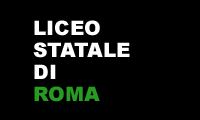
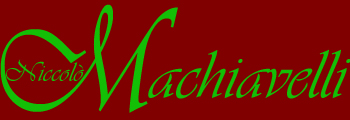
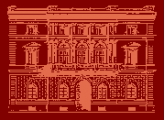
 Offerta Formativa
Offerta Formativa 26.9.2020 Giornata Europea delle Lingue
26.9.2020 Giornata Europea delle Lingue